Tero Saarinen had been intrigued by the Shakers since the late 1980’s, when he first saw a documentary about Doris Humphrey’s Shaker-inspired choreography. The strong communal values and strikingly beautiful, functionalistic aesthetics of this radical religious movement of the 18th and 19th centuries made a strong impression on Saarinen. Over the years, he continued studying Shaker architecture, design and ideas.
In the early 2000s, Saarinen came across The Boston Camerata album Simple Gifts. The original Shakers music’s manic repetition touched him deeply and he contacted Joel Cohen, then Artistic Director of The Boston Camerata, about the possibility of a joint production.
The co-creative process with The Boston Camerata began with Cohen humming melodies to Saarinen. The selection of 20 Shaker songs was made from an archive of hundreds – some never published before. Saarinen and Cohen met several times in Europe and the U.S., and also travelled to the Sabbathday Lake Community in Maine to meet the four remaining Shakers still alive at that time.
Borrowed Light was named after the architectural practice, common for the Shakers, of building windows into interior rooms, thus maximising daylight and productivity. Saarinen and Lighting and Set Designer Mikki Kunttu and Costume Designer Erika Turunen, approached light as a religious metaphor. The visual appearance of the work is rooted in the aesthetic of frugality and the accentuation of opposites. The costumes combine heavy felting with airy, transparent fabrics. The lighting design emphasises the opposite worlds of mystical shadows and piercingly bright light.
Borrowed Light, premiered in 2004 as an European co-production, was touring major venues in Europe, North America and Oceania in 2004–2014 and reached more than 50,000 people on tour.
Despite the strong influences of the Shakers, Borrowed Light addresses, according to Saarinen, the themes of communitarian society on a general level: “My main source of inspiration was the Shakers and I ended up using only original Shaker music, but this work is not about Shakerism. It is about community and devotion. To me the nature of total commitment – whether religious, artistic or political – is fundamentally the same.”
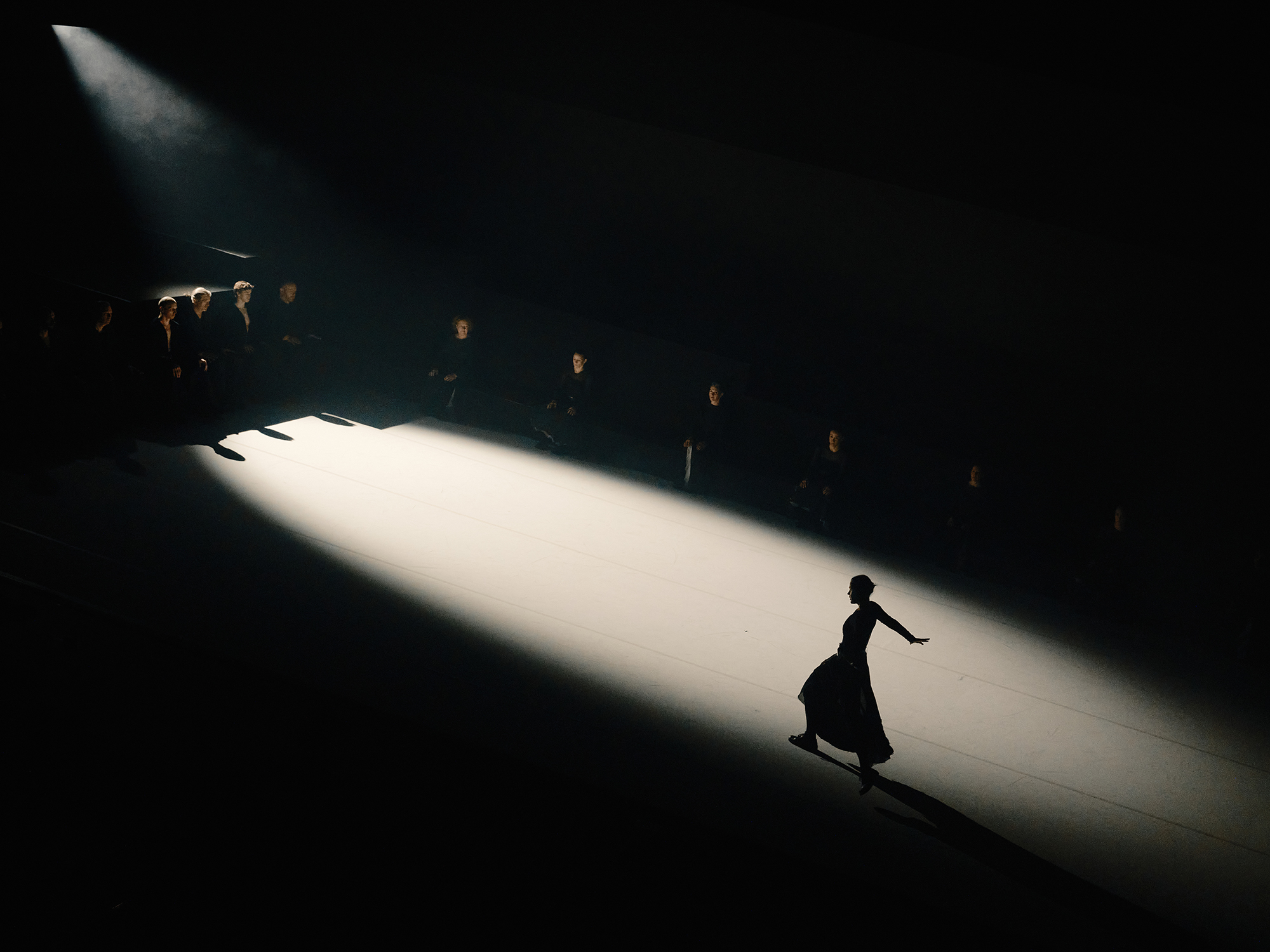
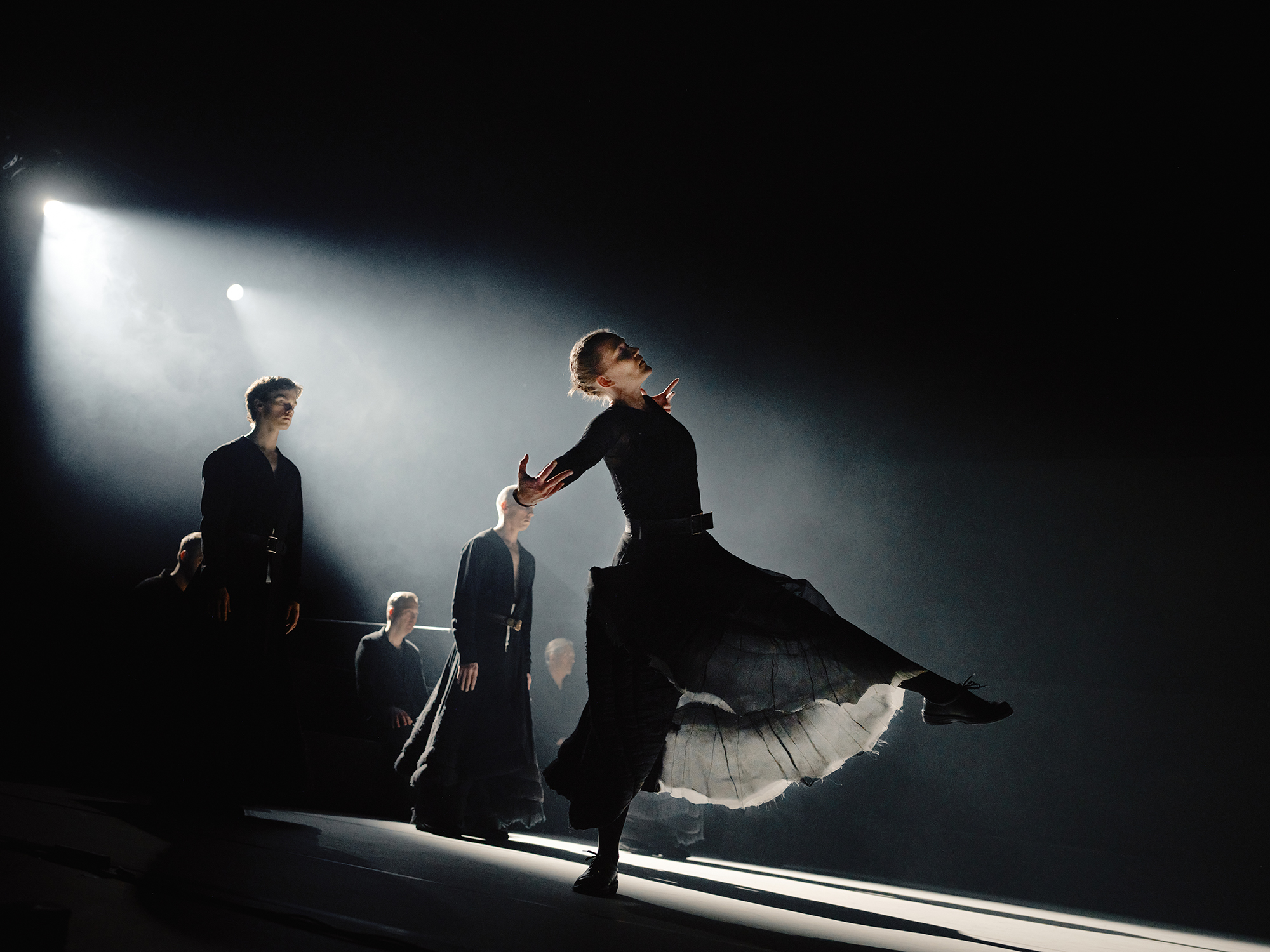
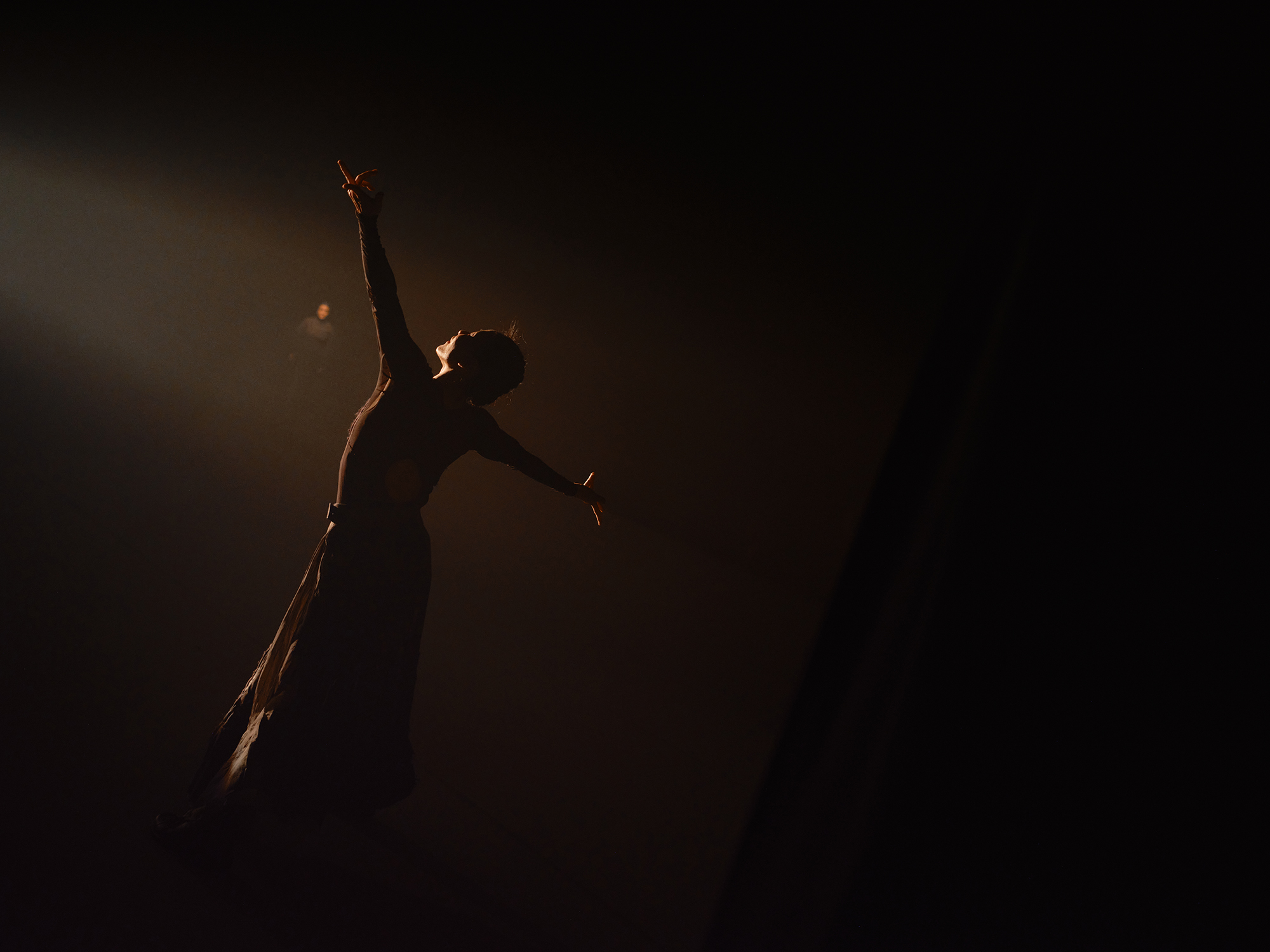
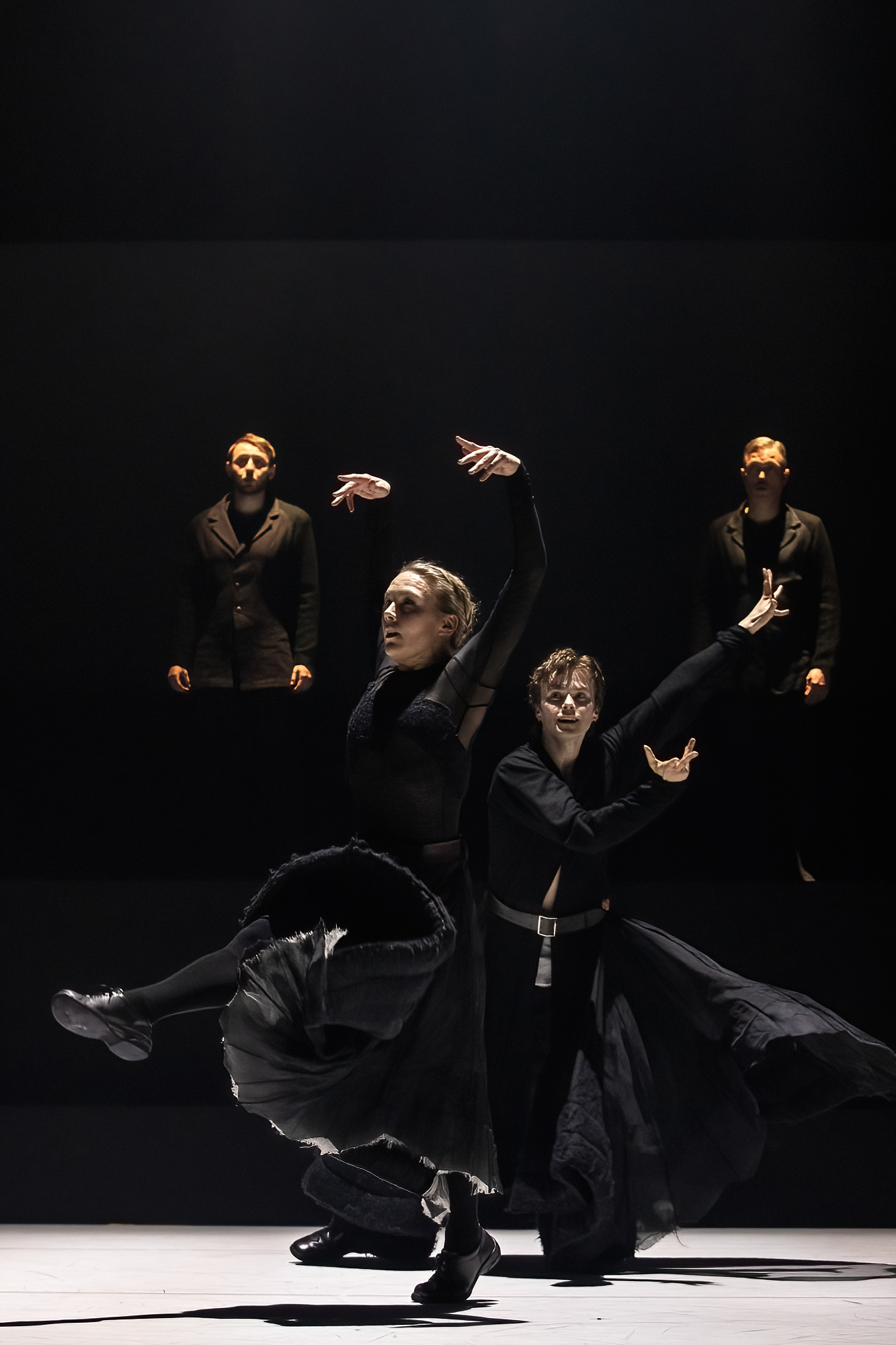
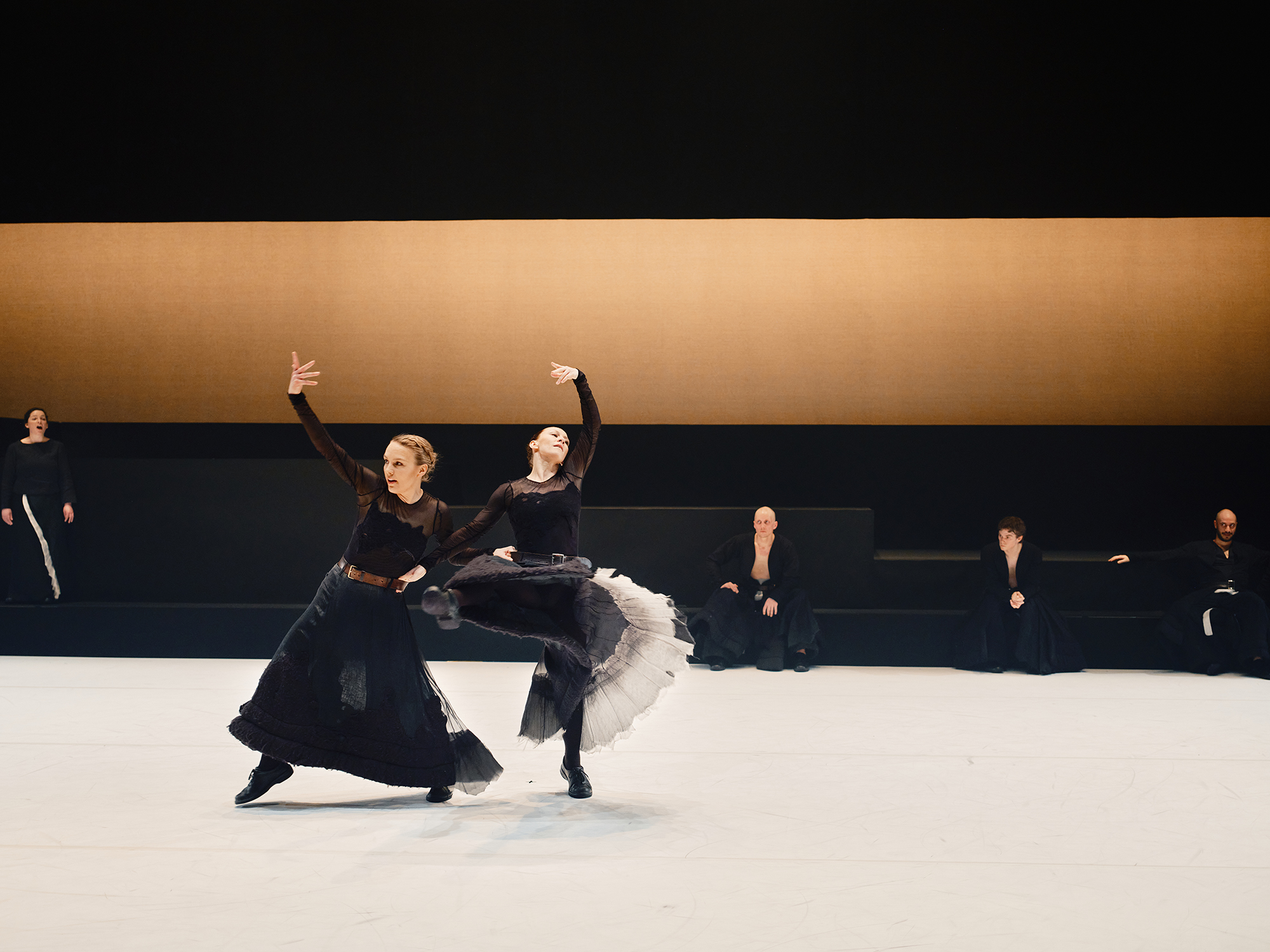
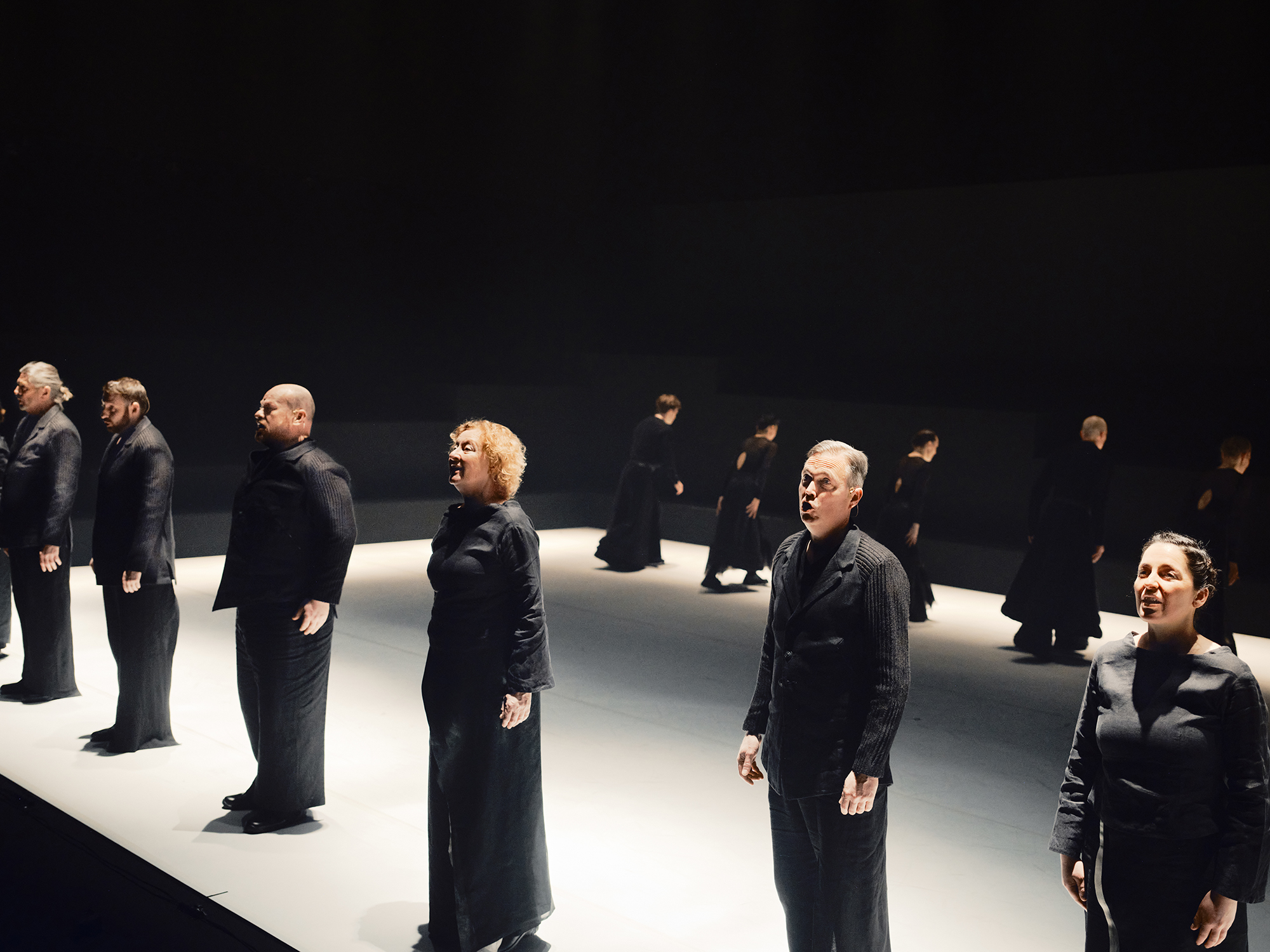
)
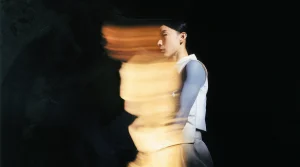)